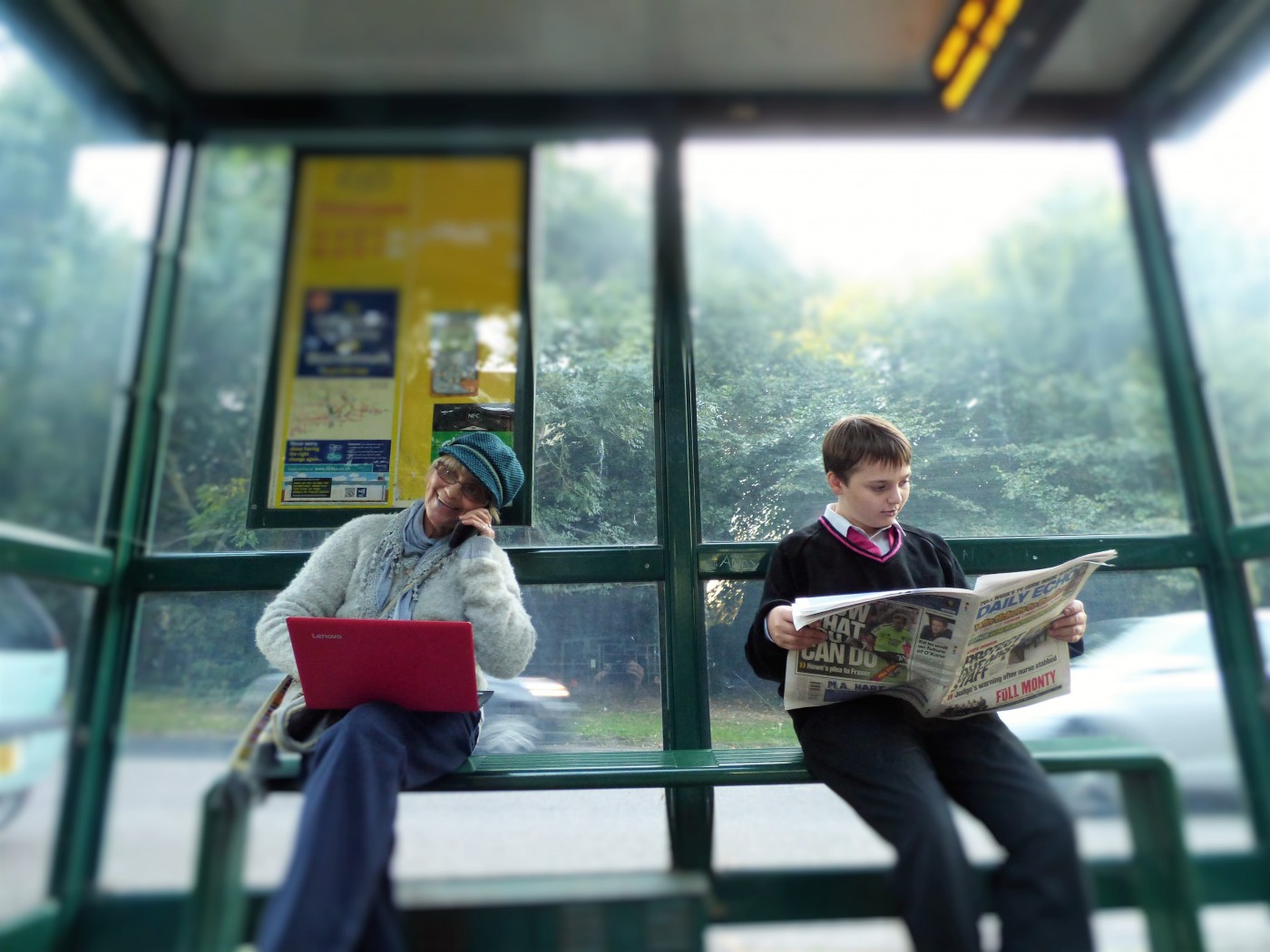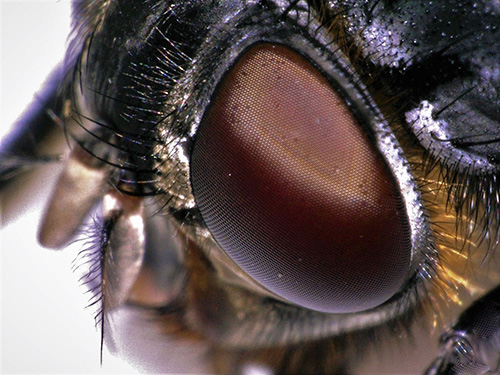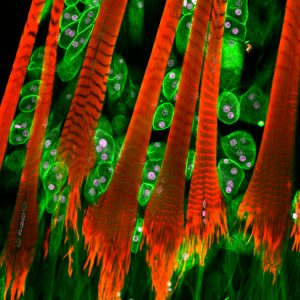
Social Media ‘on the go’: Examining the impact of age
Our next instalment of the ‘Photo of the Week’ series features a joint project between Dr Elvira Bolat and Harry Cutler-Smith, an postgraduate student from the Faculty of Management. The image is looking at social media ‘on the go’: examining the impact of age. The series is a weekly instalment which features an image taken by our fantastic BU staff and students. The photos give a glimpse into some of the fascinating work our researchers have been doing across BU and the wider community.
Dr Bolat’s research is looking at the generational gap on the adoption and use of social media.
Existing research on social media adoption has identified two generational groups, generation Y (aged 18-25) and generation X (aged 35-60). However, there are no existing studies that have investigated the generational gap in the adoption and use of social media ‘on the go’. The team conducted a mixed study comprising of focus group discussion and a survey. The team found that generation X uses mobile social media just as much generation as Y. This has implications on advertising strategies and tactics businesses use on social media. Brands that target generation X should not neglect social media in their marketing and need to consider targeted timely content.
Businesses using social media need to have a planned approach to content development and assume that social media and mobile social media (e.g. Snapchat) is only for younger audience.
If you’d like find out more about the research or the photo itself then please contact Dr Bolat or Harry.
This photo was originally an entry to the 2017 Research Photography Competition. If you have any other questions about the Photo of the Week series or the competition please email research@bournemouth.ac.uk













 Dr. Ashraf cited on ‘Modest Fashion’ in The Guardian
Dr. Ashraf cited on ‘Modest Fashion’ in The Guardian NIHR-funded research launches website
NIHR-funded research launches website Academics write for newspaper in Nepal
Academics write for newspaper in Nepal New paper published on disability in women & girls
New paper published on disability in women & girls Global Consortium for Public Health Research 2025
Global Consortium for Public Health Research 2025 MSCA Postdoctoral Fellowships 2025 Call
MSCA Postdoctoral Fellowships 2025 Call ERC Advanced Grant 2025 Webinar
ERC Advanced Grant 2025 Webinar Horizon Europe Work Programme 2025 Published
Horizon Europe Work Programme 2025 Published Horizon Europe 2025 Work Programme pre-Published
Horizon Europe 2025 Work Programme pre-Published Update on UKRO services
Update on UKRO services European research project exploring use of ‘virtual twins’ to better manage metabolic associated fatty liver disease
European research project exploring use of ‘virtual twins’ to better manage metabolic associated fatty liver disease